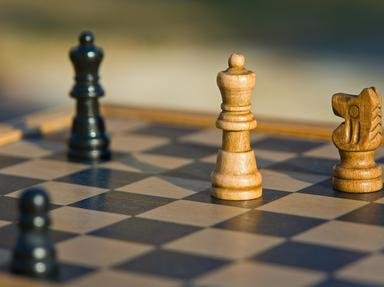Quiz Answer Key and Fun Facts
1. First of all, Deep Blue won this six game match. What was the score?
2. What year did the second match of Deep Blue vs Kasparov occur?
3. Game one had a cool endgame. Black (Deep Blue) was up in material, but why did he resign?
4. What was the opening used in the second game?
5. How many moves were in the second game of the second match?
6. What was the first move of the third game? It is an unusual move in master play, but in no way bad. This opening is called the Mieses Opening.
7. Game four was a bit long for a game, but not too long. This game started out with the Caro-Kann defense,(1 e4, c6) but what did it switch to?
8. Kasparov resigned game two. Afterwards, it was, based on analysis, believed that this was the wrong thing to do. What could Kasparov allegedly have done?
9. Game six was a very short and decisive game. What was Deep Blue's big crushing move?
10. How many draws were there overall in the match?
Source: Author
Oidioid32123
This quiz was reviewed by FunTrivia editor
WesleyCrusher before going online.
Any errors found in FunTrivia content are routinely corrected through our feedback system.
